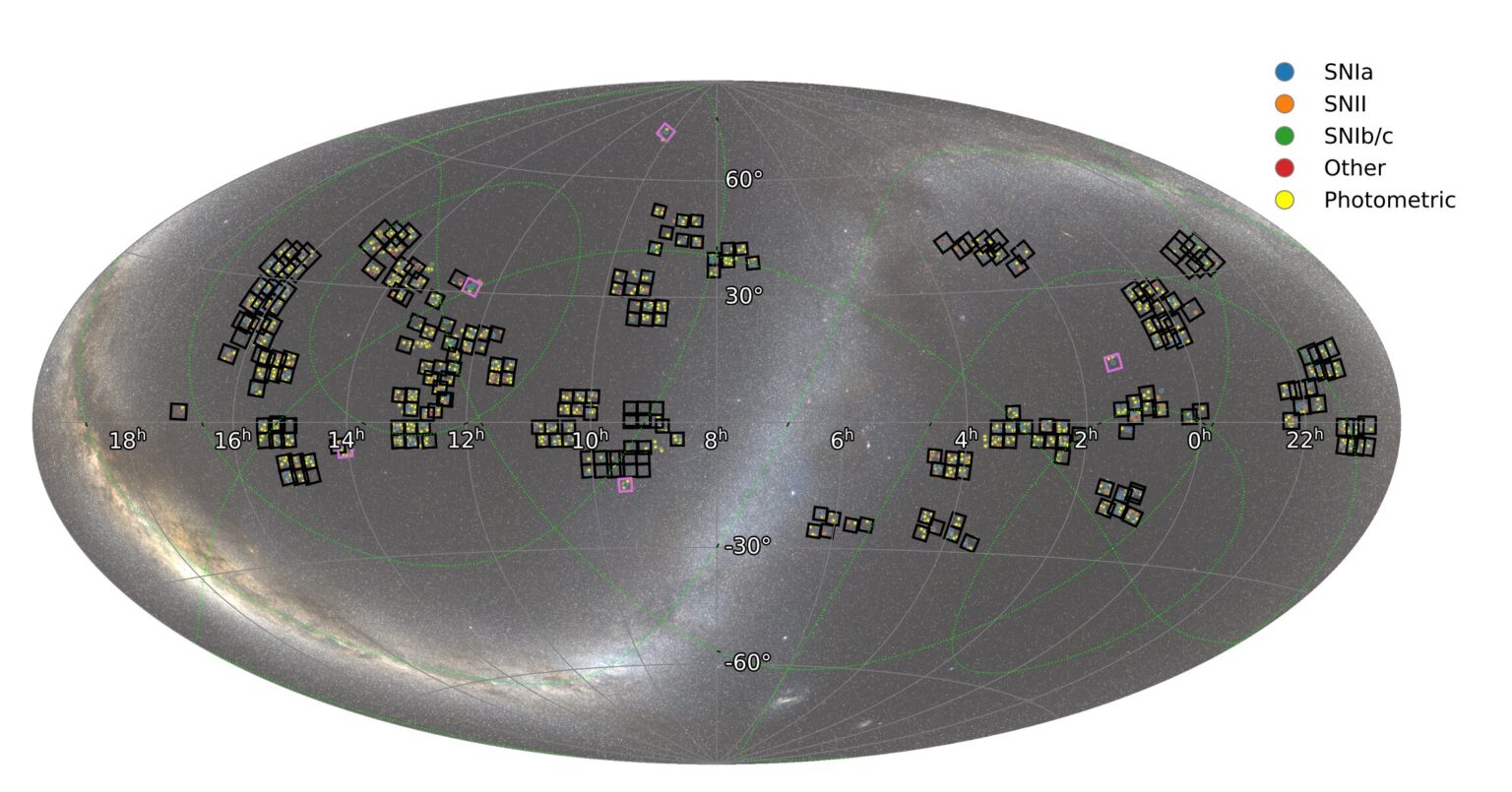Scientists working with the Hawaiian Pan-STARRS telescope have published the world’s most comprehensive catalog of transients over the past three years. It includes more than 2,000 phenomena such as supernovae, tidal disruptions and kilonova.

Catalog from the Hawaiian Telescope
Scientists from the Institute of Astronomy at the University of Hawaii have published the most comprehensive review of transients, that is, short-term phenomena over the past three years. It is based on the results of observations of the starry sky by the Pan-STARRS telescope, which is located on the top of Mount Haleakala on the island of Maui.
The peculiarity of this telescope is that after ten years of its operation, it has one of the best calibrated observation systems in the world. It allows it to monitor 1,500 square degrees of the sky every three days and note in them all phenomena that have not been observed before.
Not surprisingly, in three years it has collected the world’s largest collection of transients, which included supernovae, tidal destruction events, kilonovae and other short-term phenomena. There were 2000 of them in total.
Why scientists are interested in transients
The main feature of all transients is their short duration. While usually processes in astronomy stretch over thousands, millions and billions of years, short-term phenomena last only a few days, or even hours.
As a result, it is often not possible to apply an extensive arsenal of astronomical instruments to their study. And we don’t understand their nature very well. It comes to the point that even the sources of some phenomena, such as supernova explosions of the Ia type, still cannot be named with certainty.
That is why the new catalog is so important for astrophysicists involved in this industry. It contains data not only on the time and exact coordinates of the incident, but also provides data on the light curves, which show how the transients developed.
And scientists are convinced that this is only the first release of the Pan-STARRS data catalog. It is planned to supplement it with new data in the future. And even later, the same work will be performed by the Vera Rubin Observatory, which will have a telescope diameter of 8.4 meters.
According to phys.org
Follow us on Twitter to get the most interesting space news in time
https://twitter.com/ust_magazine

